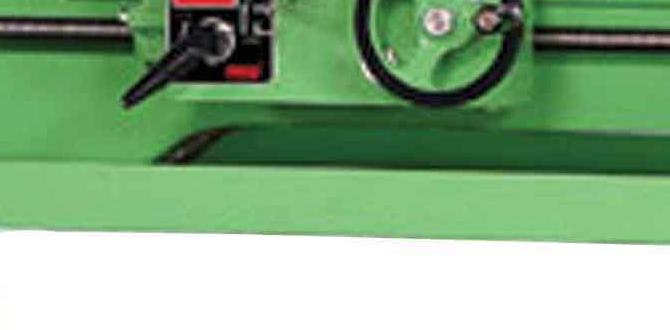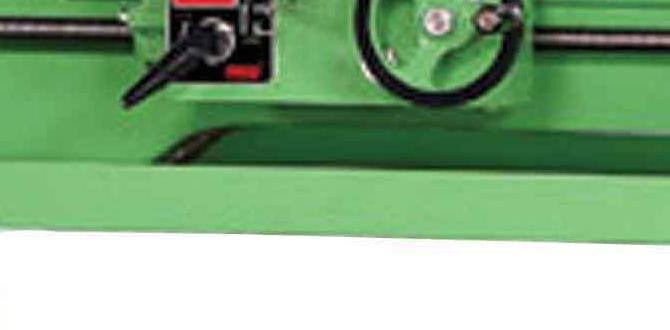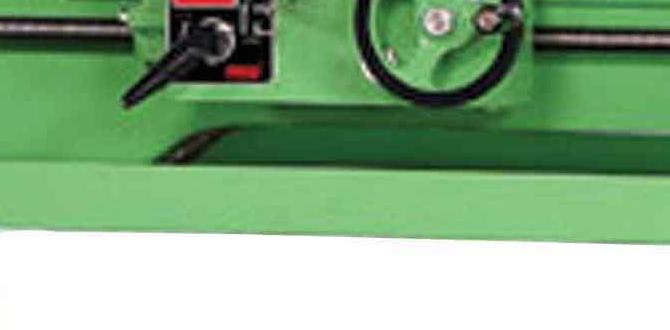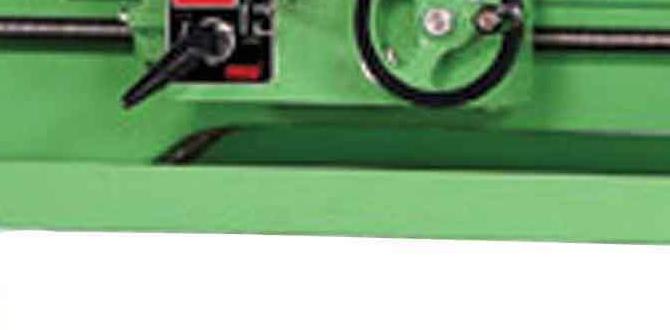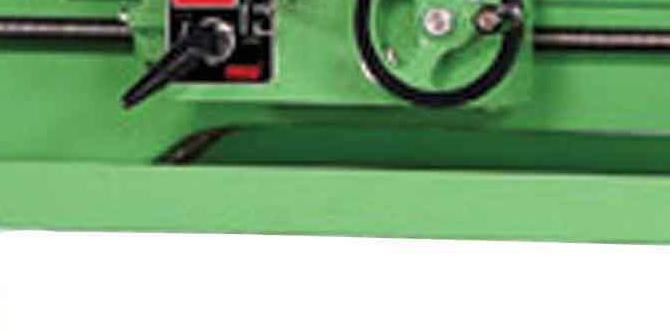Understanding Wood Lathe Chuck Size Charts: Your Essential Guide
For woodturners, having the right chuck is paramount to success. It’s the vital interface between your workpiece and the lathe, ensuring stability, precision, and safety. But with a dizzying array of chucks available, each with its own specifications, navigating the world of wood lathe chuck size charts can feel overwhelming. This comprehensive guide aims to demystify chuck sizes, helping you select the perfect chuck for your projects and lathe.
At its core, understanding a wood lathe chuck size chart is about matching the chuck’s capacity to your lathe’s capabilities and the typical sizes of the wood you intend to turn. Chucks are primarily measured by their jaw size and their mounting thread size. These two factors dictate what kind of workpieces you can securely hold and how the chuck attaches to your lathe’s spindle.
The Two Pillars of Chuck Sizing: Jaw Diameter and Mounting Thread
When you encounter a wood lathe chuck size chart, you’ll typically see specifications related to two key dimensions:
Jaw Diameter (or Range): This refers to the range over which the chuck’s jaws can open and close. Most chucks are designed with jaws that can expand to grip the exterior of a workpiece (external grip) and contract to grip the interior of a hollowed workpiece (internal grip). The chart will often list the minimum and maximum diameter the jaws can accommodate in both these configurations. This is crucial for determining the smallest and largest workpieces you can reliably hold. For example, a chuck might be rated as holding from 2 inches to 12 inches externally and 1.5 inches to 10 inches internally.
Mounting Thread Size: This is perhaps the most critical specification because it determines compatibility with your lathe. Every lathe spindle has a threaded end where the chuck attaches. These threads come in various standard sizes (e.g., 1″ x 8 TPI, 3/4″ x 10 TPI, M33 x 3.5). Your chuck must have a matching thread to mount securely onto your lathe. If the threads don’t match, an adapter or bush can sometimes be used, but direct compatibility is always preferred for safety and ease of use. Chucks are often sold with a specific thread size, or with interchangeable threaded inserts to fit different lathes.
Deconstructing the Wood Lathe Chuck Size Chart: What to Look For
Beyond the primary measurements, a good wood lathe chuck size chart can provide further invaluable information:
Jaw Type: Charts might indicate whether the chuck comes with standard jaws, or if specialty jaws (like pin jaws for very small items, or large faceplate jaws for oversized pieces) are available. The type of jaws significantly impacts the chuck’s versatility.
Chuck Diameter: While jaw range is more about capacity, the overall physical diameter of the chuck itself can be a factor, particularly on smaller lathes where a very large chuck might be cumbersome or even interfere with the lathe bed.
Weight: The weight of the chuck is important for balancing on the lathe. A disproportionately heavy chuck can put extra strain on your lathe’s motor and bearings.
Included Accessories: Some charts will detail what comes standard with the chuck, such as different jaw sets, an indexing plate, or a chuck key.
Lathe Compatibility: Many manufacturers will provide a list of compatible lathe models or thread sizes directly on their charts or product pages, simplifying the selection process.
Why Your Woodworking Needs Dictate Chuck Size
The “best” chuck size isn’t a universal constant; it’s entirely dependent on your turning habits. A hobbyist turning small decorative boxes and pens will have very different requirements than a professional furniture maker turning large bowls and table legs.
For Small Turnings (Pens, small bowls, spindles): A smaller chuck, typically in the 3-4 inch diameter range, with narrow jaws is ideal. These chucks are lighter, more affordable, and offer excellent precision for intricate work. They also excel at gripping small internal tenons or expanding into small pre-drilled holes.
For Medium-Sized Work (Bowls, platters up to 12-15 inches): A mid-size chuck, perhaps 4-6 inches in diameter, with versatile jaws is a good all-rounder. These chucks offer a good balance of gripping power and capacity for a wide range of common projects.
For Large Diameter Work (Large bowls, platters, hollow forms): You’ll need a larger and sturdier chuck, often 6 inches or more in diameter. These chucks feature more robust jaws capable of securely holding substantial workpieces. They are heavier and require a lathe with sufficient power and bed length to handle them safely. Be sure to check the chuck’s maximum recommended workpiece diameter against your lathe’s capabilities.
Essential Terminology When Reading a Wood Lathe Chuck Size Chart
To effectively use a wood lathe chuck size chart, familiarizing yourself with key terms is beneficial:
TPI (Threads Per Inch): This indicates how many threads are present on one inch of the lathe’s spindle. Common TPIs include 8, 10, and 12.
Morse Taper: Many lathe spindles use a Morse taper system (MT) for secure tool mounting. Chucks can be designed to mount directly onto an MT, or have an MT adapter.
Jaw Expansion (External Grip): The maximum outer diameter a chuck can grip when its jaws are expanded outwards.
Jaw Compression (Internal Grip): The maximum inner diameter a chuck can grip when its jaws are contracted inwards.
Faceplate Ring: Some chucks are designed so that jaws can be mounted onto a separate faceplate ring for very large or unusually shaped workpieces.
Beyond the Chart: Safety and Practical Considerations
While a wood lathe chuck size chart is an invaluable tool, it’s not the only factor in choosing a chuck. Always consider:
Lathe Power and Size: Don’t put a massive, heavy chuck on a small, lightweight lathe. It’s a recipe for disaster. Ensure the chuck and workpiece weight are within the safe operating limits of your machine.
Jaw Versatility: Think about the types of projects you do most often. Do you need jaws for expanding into a hole, gripping an external tenon, or holding large faceplate rings?
Build Quality: Invest in a reputable brand known for quality machining and durable materials. A well-made chuck will last for years and provide greater security.
* Ease of Use: How easy is it to change jaws, insert the chuck key, and tighten the chuck?
By carefully consulting wood lathe chuck size charts and considering your specific needs and lathe capabilities, you can make an informed decision that enhances your woodworking experience, opens up new creative possibilities, and, most importantly, ensures safe and secure operation.



